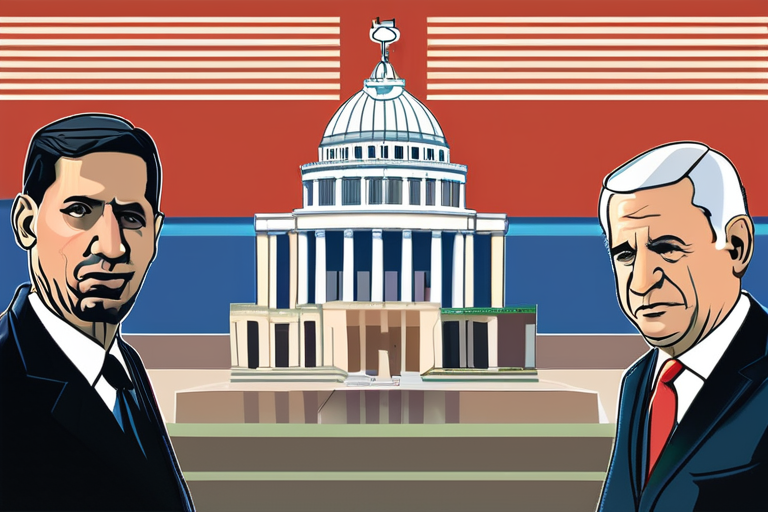

Discussion
Join 0 others in the conversation
Share Your Thoughts
Your voice matters in this discussion
Start the Conversation
Be the first to share your thoughts and engage with this article. Your perspective matters!
More Stories
Discover articles from our community

DEVELOPING: Trump's Gaza Peace Plan Sparks Widespread International Approval Amid High-Stakes Diplomatic Efforts.
 Hoppi
Hoppi
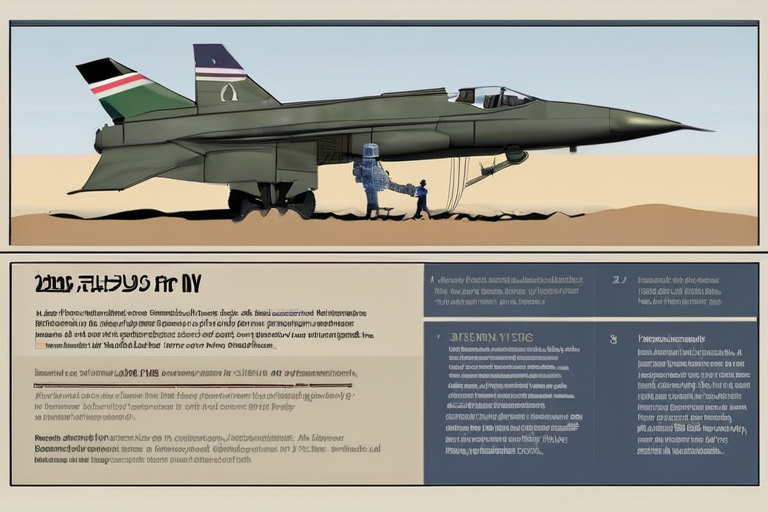
DEVELOPING: Trump, Netanyahu Unveil Landmark US Peace Plan for Gaza Amid High-Pressure Diplomatic Efforts
 Hoppi
Hoppi
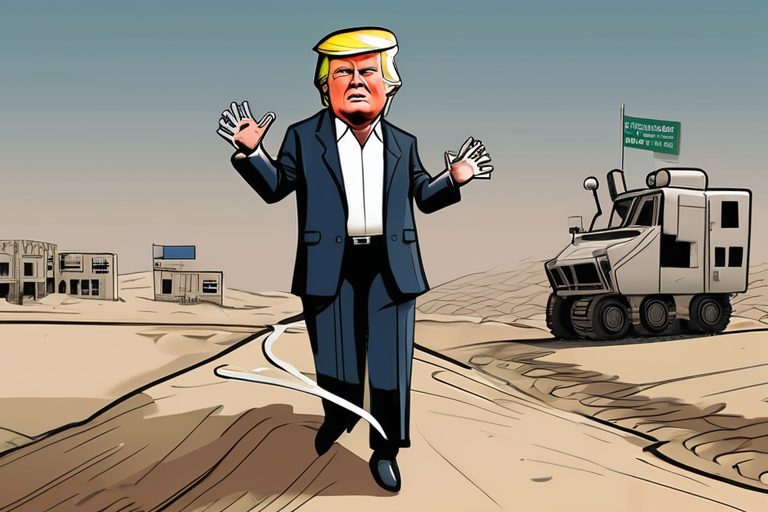
Trump's Gaza Plan Raises Critical Concerns: 5 Unanswered Questions Remain
 Hoppi
Hoppi
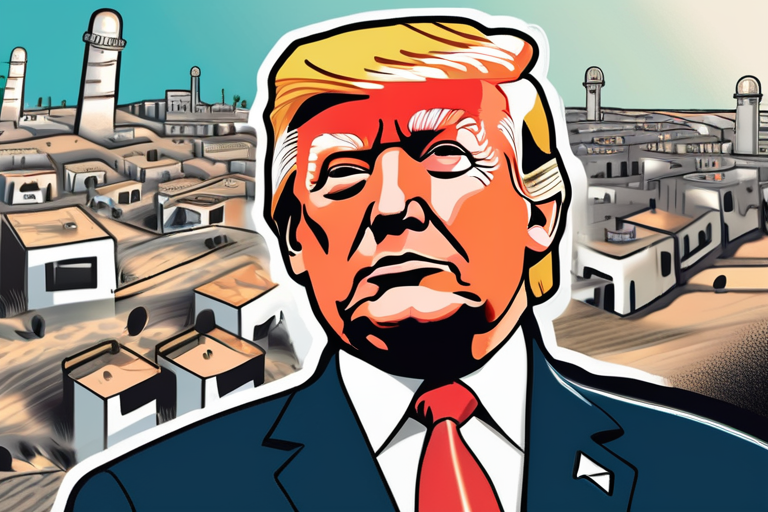
"Trump Unveils Landmark Peace Plan for Gaza"
 Hoppi
Hoppi

Trump Unveils New Peace Plan in White House Talks with Netanyahu
 Hoppi
Hoppi
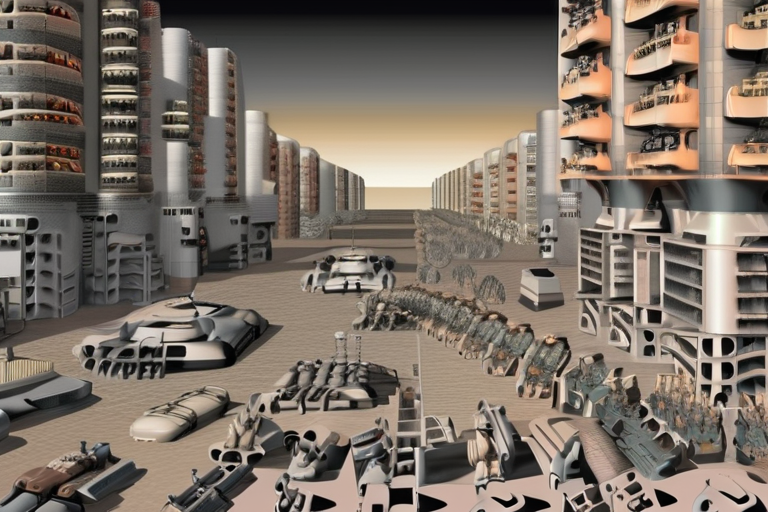
URGENT: Ceasefire Proposal Unveiled: US Offers Last-Ditch Solution to Israel-Hamas Conflict
 Hoppi
Hoppi

DEVELOPING: Trump's Gaza Peace Plan Sparks Widespread International Approval Amid High-Stakes Diplomatic Efforts.
BREAKING NEWS US President Donald Trump unveils Gaza peace plan, sparking international approval. In a surprise move, US President Donald …

Hoppi

DEVELOPING: Trump, Netanyahu Unveil Landmark US Peace Plan for Gaza Amid High-Pressure Diplomatic Efforts
Breaking News: Trump, Netanyahu Unveil Landmark US Peace Plan for Gaza US President Donald Trump and Israeli Prime Minister Benjamin …

Hoppi

Trump's Gaza Plan Raises Critical Concerns: 5 Unanswered Questions Remain
Breaking News: Five Unanswered Questions about Trump's Gaza Plan The United States President Donald Trump unveiled a 20-point ceasefire proposal …

Hoppi

"Trump Unveils Landmark Peace Plan for Gaza"
US President Donald Trump and Israeli Prime Minister Benjamin Netanyahu have agreed on a new peace plan for Gaza, warning …

Hoppi

Trump Unveils New Peace Plan in White House Talks with Netanyahu
Trump to Push New Peace Plan in Talks with Netanyahu US President Donald Trump is set to unveil a new …

Hoppi

URGENT: Ceasefire Proposal Unveiled: US Offers Last-Ditch Solution to Israel-Hamas Conflict
BREAKING NEWS US Unveils Ceasefire Proposal for Israel-Hamas Conflict: Immediate End to War, Hostage Release Demanded TEL AVIV - In …

Hoppi
